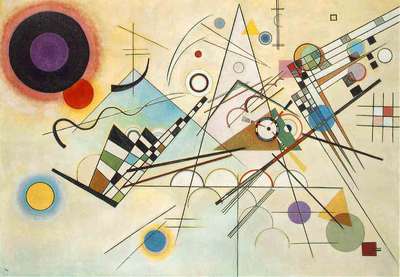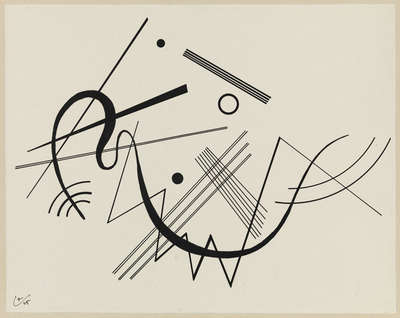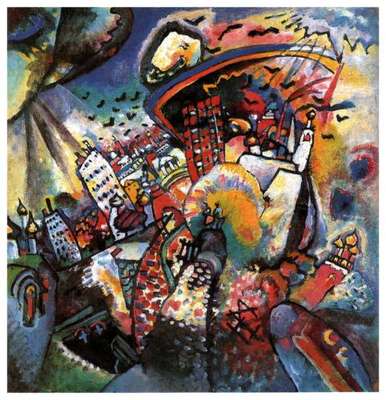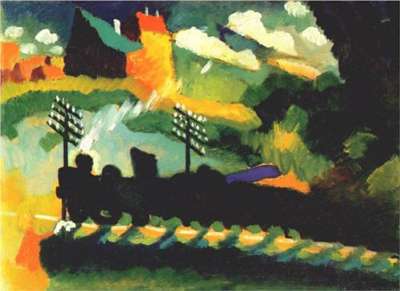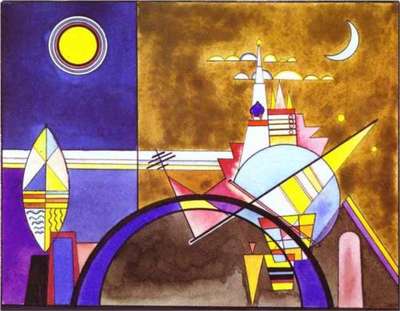Wassily Kandinsky was a russian painter and theorist. His artistic and literary contributions are considered vital for the Abstract art movement. He was born of on December 16th, 1866, in Moscow, Russia. He started his professional career in Law and Economics but at the age of thirties he moved to Munich to initiate his studies in painting. It happened during the year of 1896 when Munich had a reputation of being one of the most serious and experimental art centers in Europe.
He became a great leader of the Munich avant-garde due to his talent to absorb diverse changes in society portraying them in brilliant writings. His first book, published in 1912, provoked considerable reflexions on the evolution of art. “Über das Geistige in der Kunst” or “Concerning the Spiritual in Art” is acknowledged as the first theoretical foundation of the abstractionism and its author a crucial pillar of the modern art.
The influence of Kandinsky’s legacy on the history of computer art is a complex question to be answered, as many subtle topics can be taken in consideration. This research has concluded that the correlations between his scientific writings and computer art works might be one of the most relevant aspects instead of exclusively aesthetic influence, as we could point in Mondrian’s case.
It is not really evident, in visual matters, such immediate similarities between Kandinsky’s paintings and computer art pieces but in theoretical approach we considered a good similarity on the “Point and Line to Plane” theory to the work of Ben Laposky[" “Electronic Abstraction”.":http://http://dada.compart-bremen.de/node/823#/related-tab] The work was an successful attempt of designing compositions formed essentially by the combination of electrical wave forms, as displayed on a cathode-ray oscilloscope.
The attitude of exploring science to compose his art might have taken in consideration the theory of elemental fragmentation of Kandinsky. The lines resulted by the electrical event are the most evident visual element in Laposky pieces. Although such lines are not forming basic geometric forms – square, triangle and circle, as Kandinsky primarily experimented – it highlights the shape of line itself and its numerous results of possible composition.
Kandinsky theory on the “basic plane” or BP, he considers very carefully the importance of the medium, the material surface. Where and how the artistic composition will be displayed and how it will affect the public. Such considerations might be found at Laposky concept on “Electronic Abstraction”, where the electronic and physics are playing a major role in the art piece, carrying a meaning on the medium and materiality itself even before the plasticity of the object had been acknowledged by the public.
Kandinsky’s theories can be found as great influencing topics on future generations of artists. His successful efforts in developing such statements in his concise literature will probably never stop to be quoted in future generations of fine arts and computer arts.


